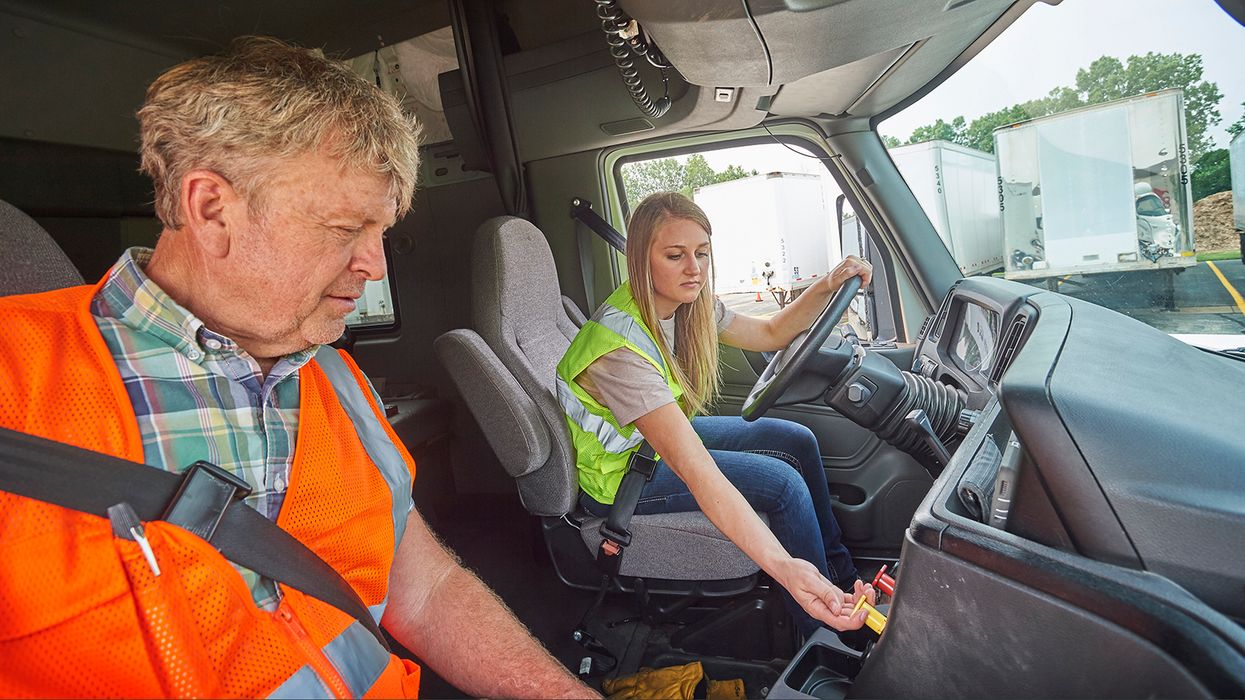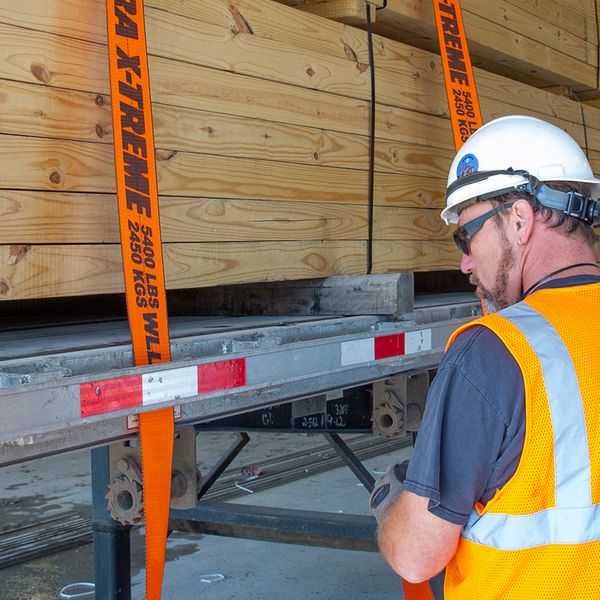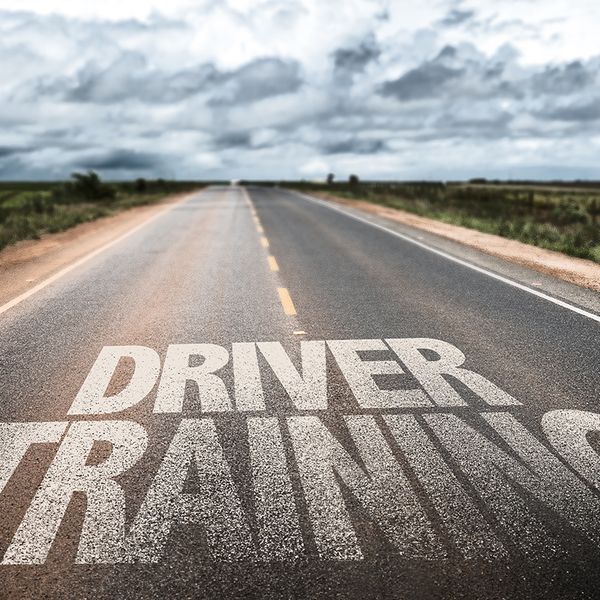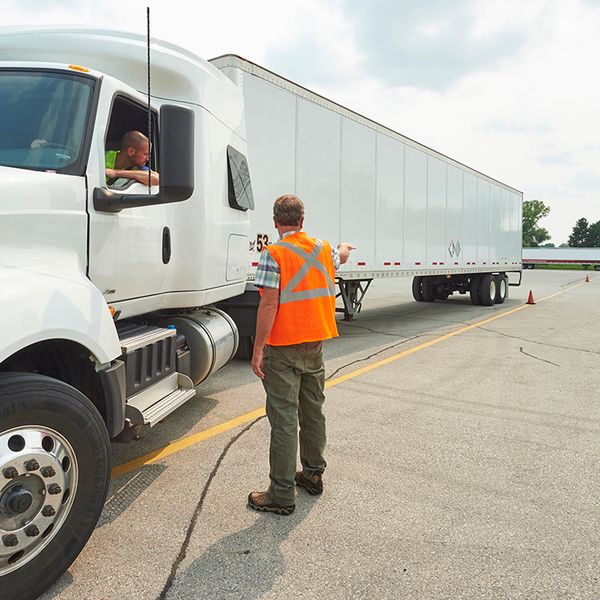FAQ about ELDT
The entry-level driver training (ELDT) rule went into effect on February 7, 2022, and there is still a lot of confusion surrounding these new regulations.
In short, ELDT is required for drivers who want to obtain a Class A or Class B commercial driver’s license (CDL) for the first time or who want to obtain a passenger, school bus, or hazardous materials endorsement for the first time. That sounds simple, but there are a lot of variables that can cause confusion. Let’s talk about some situations motor carriers and drivers have encountered.
If a driver already has a Class B CDL but wants to upgrade to a Class A, is ELDT required?
Yes, entry-level driver training (ELDT) is required to upgrade from a Class B to a Class A commercial driver’s license (CDL). However, the driver does not need to cover all 30 of the required theory topics to obtain a Class A CDL. The Federal Motor Carrier Safety Administration (FMCSA) has provided an abbreviated theory curriculum for drivers who are upgrading from a Class B CDL to a Class A CDL. Appendix A to Part 380 details this abbreviated curriculum, referred to as Theory Instruction Upgrade Curriculum. There is no abbreviated curriculum for behind-the-wheel training.
Do drivers who already hold a CDL and want to add a hazardous materials, passenger, or school bus endorsement have to take ELDT?
Drivers who already hold a valid commercial driver’s license (CDL) don’t need to complete the CDL curriculum required to obtain a Class A or Class B CDL, but they need to complete the curriculum for the endorsement that they want. Appendices C, D, and E to Part 380 list endorsement curricula.
Do drivers who previously held a Class A or Class B CDL or a passenger, school bus, or hazardous materials endorsement but let it expire have to complete ELDT?
Technically, no. The Federal Motor Carrier Safety Administration (FMCSA) specifies entry-level driver training (ELDT) is only required for drivers who want to obtain one of these commercial driver’s licenses (CDLs) or endorsements for the first time. However, FMCSA has left to the state’s discretion whether it will reinstate an expired endorsement without requiring ELDT. Some states will reinstate without ELDT, others will require the driver to complete ELDT.
Can drivers independently complete an approved ELDT curriculum and then take the CDL and/or endorsement test?
No, the entry-level driver training (ELDT) rule specifies that a school or entity that is listed on the Training Provider Registry (TPR) must administer the ELDT curriculum. It is the training provider who enters students’ training certification in the TPR. Students who study on their own will have no way to have their training certified in the TPR and will not be able to take the required skills or knowledge (in the case of the hazardous materials endorsement) test at the state driver licensing agency (SDLA).
How long can trainees take to complete ELDT?
The regulations do not address how long a student may take to complete entry-level driver training (ELDT). Do note though, the student-driver must complete the theory and behind-the-wheel portions of ELDT within one year of completing the first portion.
Can a driver get fingerprinted and have the TSA background check prior to taking the ELDT hazardous materials theory course?
Yes. An individual can apply with the Transportation Security Administration (TSA) before or while completing entry-level driver training (ELDT). The regulations do not require that ELDT be completed prior to applying with TSA. Both hazardous materials theory instruction and the TSA background check must be completed prior to taking the knowledge test to obtain a hazardous materials endorsement at the state driver licensing agency (SDLA).
Are drivers supposed to get their CLP before or after ELDT?
Drivers are not required to take entry-level driver training (ELDT) before taking the knowledge test for a commercial learner’s permit (CLP) at the state driver licensing agency (SDLA). The driver will need to hold a CLP in order to complete the behind-the-wheel training for a Class A commercial driver’s license (CDL), Class B CDL, passenger endorsement, or school bus endorsement.
Can a driver with a CLP drive with a carrier’s licensed CDL driver, or does all driving need to be done with an ELDT instructor?
Section 383.25 requires that a commercial learner’s permit (CLP) holder be accompanied by the holder of a valid commercial driver’s license (CDL) of the appropriate class and (if applicable) appropriate endorsement(s). If the driving being conducted is entry-level driver training (ELDT) behind-the-wheel instruction, the CLP holder must be accompanied by a qualified instructor who is affiliated with a school or training entity listed on the Federal Motor Carrier Administration’s (FMCSA) Training Provider Registry (TPR) for the driving to count as ELDT.
Must drivers complete ELDT in their state of domicile?
Individuals may complete entry-level driver training (ELDT) in a state other than their state of domicile, providing the out-of-state trainee does not have any restrictions on the commercial learner’s permit (CLP) that would prohibit this from happening, e.g., an intrastate-only restriction. Individuals must still take the commercial driver’s license (CDL) skills test with the state driver licensing agency (SDLA) in their state of domicile.
When is ELDT completion certification entered by instructors?
Instructors must submit certification of successful completion within two days of the end of the course. If a student completes the theory course before beginning behind-the-wheel, the instructor should submit the student’s theory certification within two days of the student completing the theory course and then submit the behind-the-wheel certification separately within two days of completion.
Do instructors have to be certified in order to teach ELDT?
Details about instructor credentials is not included on the Training Provider Registry (TPR) application. When a school or training entity registers on the TPR, they are attesting that all information on the application is true, correct, and compliant. This includes the credentials of the school’s or training entity’s instructors.
If a company operates multiple training entities around the country, can the company just register once on the TPR?
Once the Federal Motor Carrier Safety Administration (FMCSA) approves a company’s Training Provider Registry (TPR) application, each training location must be entered in the TPR. Each location where instruction occurs must be listed.
Does the ELDT rule affect what goes into a driver’s qualification (DQ) file?
Motor carriers are not required to maintain any sort of training certification for their drivers. If the driver holds a valid commercial driver’s license (CDL) and endorsement(s), if applicable, the carrier can assume that the driver completed all required training.
Can a Class A vehicle be used to train a driver who is going for a Class B CDL?
The entry-level driver training (ELDT) regulations require that instruction be provided in the type of vehicle in which the commercial driver’s license (CDL) skills test will be conducted. If the CDL skills test will be conducted in a bobtail tractor, then using it for training would be considered compliant.
Key to remember: Some scenarios cause confusion for drivers, motor carriers, and training providers trying to comply with the new entry-level driver training rule.



















































